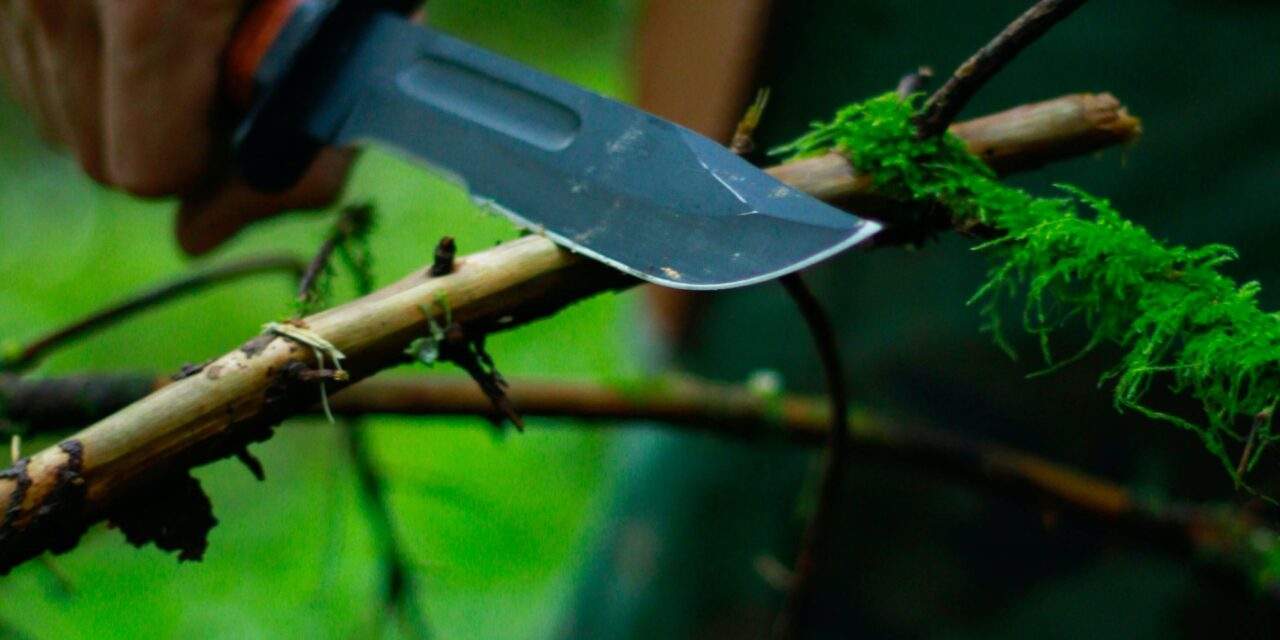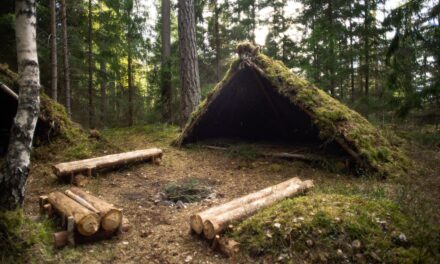Introduction: The Critical Importance of Survival Skills Training
In today’s unpredictable world, the value of survival skills training cannot be overstated. This comprehensive guide delves deep into the realm of survival training, emphasizing its crucial role in preparing individuals for various emergency scenarios. From natural disasters to unexpected wilderness situations, acquiring survival skills is not just about learning techniques; it’s about empowering oneself with the knowledge and confidence to handle unforeseen challenges effectively.
Survival skills training encompasses a wide range of topics, each focusing on crucial aspects of survival, such as finding shelter, sourcing water, fire-making, navigation, and first aid. This guide aims to provide an engaging and in-depth perspective on the various facets of survival training, tailored to resonate with a broad audience, from beginners to seasoned adventurers. We’ll explore the importance of these skills, how they can be acquired, and their practical application in real-life situations.
Through expert insights, practical advice, and a thorough understanding of survival dynamics, this guide will navigate you through the essential elements of survival training. Whether you’re an outdoor enthusiast, a seasoned prepper, or someone just starting their journey in emergency preparedness, this guide will equip you with the knowledge to embark on a life-saving educational journey.
Exploring Key Areas of Survival Skills Training
Essential Survival Skills
Survival training covers a spectrum of skills, each vital for different scenarios. Here’s a closer look at some key areas:
- Shelter Building: Training includes techniques for constructing shelters in various environments, using both natural materials and man-made items.
- Water Procurement and Purification: Learn to locate water sources and methods to purify water to make it safe for drinking.
- Fire Making: Essential for warmth, cooking, and signaling, fire-making skills are a staple of survival training, including traditional and modern techniques.
- Food Procurement: This involves identifying edible plants, basic hunting and fishing techniques, and safe foraging practices.
Advanced Survival Techniques
Beyond the basics, advanced training includes:
- Navigation Skills: Use of compasses, maps, stars, and modern GPS devices to find your way in unfamiliar territory.
- First Aid and Self-Care: Handling medical emergencies, from basic first aid to more complex medical skills, is vital in survival situations.
- Self-Defense Techniques: In certain situations, knowing basic self-defense or evasion tactics can be crucial for safety.
Where to Find Quality Survival Skills Training
Finding reputable sources for survival training is essential:
- Outdoor Adventure Schools: Many schools offer courses in wilderness survival skills, ranging from weekend workshops to extended courses.
- Online Resources: Websites and online courses can provide valuable information and training. For example, sites like [Survivalist.com](https://www.survivalist.com/) offer a wealth of resources and guides.
- Local Survivalist Groups: Joining a local survivalist group or club can provide practical, hands-on experience and networking opportunities.
In the next section, we’ll summarize the key takeaways from survival skills training and offer final thoughts on integrating these skills into your preparedness plan.
Summary and Key Takeaways: Implementing Survival Skills Training
Consolidating Survival Training Knowledge
Our journey through survival skills training has covered a range of essential techniques and advanced skills necessary for effective survival in various scenarios. To encapsulate the main points:
- Vital Skills: Mastering basic survival skills such as shelter building, water procurement, fire making, and food procurement is fundamental.
- Advanced Techniques: Navigation skills, advanced first aid, and self-defense tactics add depth to your survival knowledge.
- Diverse Training Sources: Utilize outdoor adventure schools, online resources, and local survivalist groups to acquire and practice these skills.
Integrating Skills into Your Preparedness Plan
Having acquired survival skills, the next step is their practical application:
- Regular Practice: Regularly practice the skills learned. This not only enhances proficiency but also builds confidence in your ability to handle emergencies.
- Scenario Planning: Integrate these skills into your emergency preparedness plans. Tailor your plans based on your environment, potential risks, and the skills you’ve mastered.
- Continuous Learning: The field of survival is ever-evolving. Stay updated on new techniques, gear, and training opportunities.
- Community Engagement: Share knowledge and experiences with your community. Teaching skills to others can reinforce your own knowledge and create a more resilient community.
In conclusion, survival skills training is a crucial aspect of preparedness. It empowers individuals with the knowledge and skills to not only survive but thrive in the face of adversity. By committing to ongoing learning and practice, you can ensure that you are well-equipped to handle any survival situation that comes your way.








